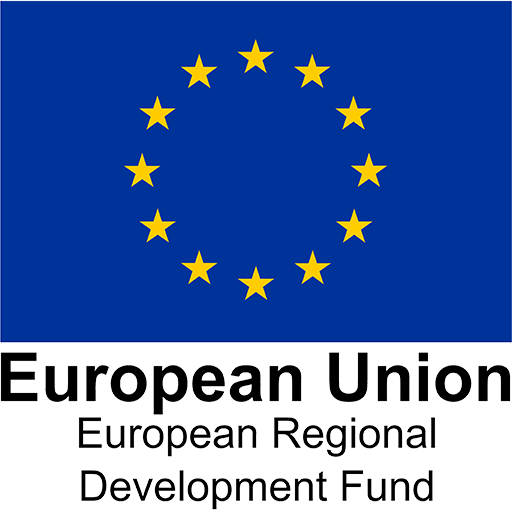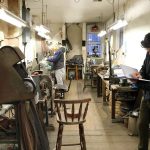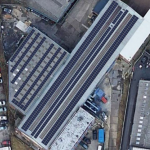The Translational Energy Research Centre aims to help any company of any size, and from any sector, with its sustainability goals, including in industries outside of traditional manufacturing.
The art, design and decoration sector might not seem to have a huge need for sustainable power at first glance, but when your designs are sky-high, complex creations, making sure you run sustainably can reduce costs and provide a more environmentally-friendly experience for clients.
Cloud Nine Décor, a Sheffield-based SME and collective of creatives founded by Ruthie Ford in 2010, make beautiful, colourful art installations and décor for festivals and events such as Glastonbury, RHS Flower Shows, Latitude festival and many more. Often the designs involve lights, windmills and other exciting adornments which require continuous power to give the full experience to viewers.
Energy-generating artwork
Currently, the ever-growing festival market uses a vast amount of diesel to run generators around their site, which has a huge negative impact on any green credentials. Conscious of this, Cloud Nine Décor reached out to the Translational Energy Research Centre with the hopes of understanding whether renewable-energy-powered decorations, a unique, sustainable solution to outdoor art installations, could become a reality.
In particular, Ruthie had a range of ideas about how energy could be both generated and used by the team’s artworks, through sources such as wind, solar and battery energy. More than just a gimmick, Ruthie wanted to understand whether these ideas could be scaled-up across a festival site to offer sustainable power to a larger area, enabling festivals and events to become efficient and clean in their energy production and storage.
Is it feasible?
Our researchers worked with Ruthie and the Cloud Nine Décor team to produce a report on the technical and economic feasibility of the new ideas. This involved several detailed exchanges on the environmental, visual and practical aspects of the design which would be key to the success of any solutions. The discussions were extremely valuable for the company, resulting in both a detailed explanation of the options and an interesting learning process on renewable energy technologies and their potential.
A clear view of the possibilities
The final report provided the business with a clear view of the possibilities for renewable energy-powered decorations and the first steps to take in order to achieve them, including the technical data and methodologies. The report will enable Cloud Nine Décor to seek further support and investment in the project.
Thanks to our support, the business now has an understanding of the challenges of and solutions for renewable energy décor options. The advice given by our expert researchers has helped Cloud Nine Décor understand how to bring their ideas to life, and they can now take the first steps to develop this new offering to their customers.
If you are a start-up or SME in the Sheffield City Region working in an energy-related field, or wanting to learn more about your energy usage, you can email the team on terc@sheffield.ac.uk.
To download a PDF of this case study, click here: Cloud Nine Decor case study







